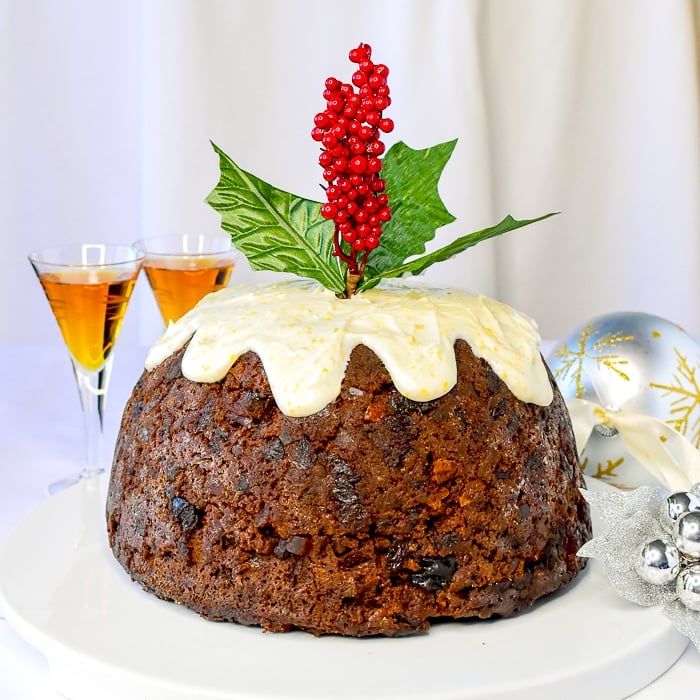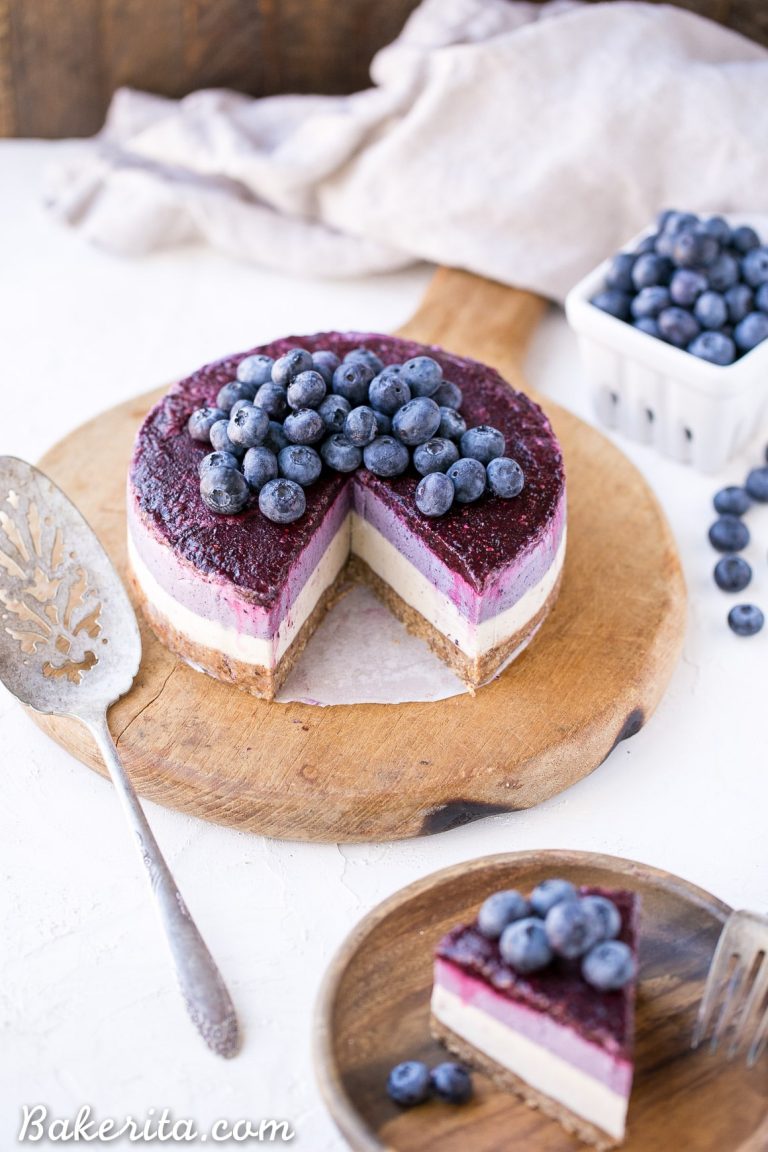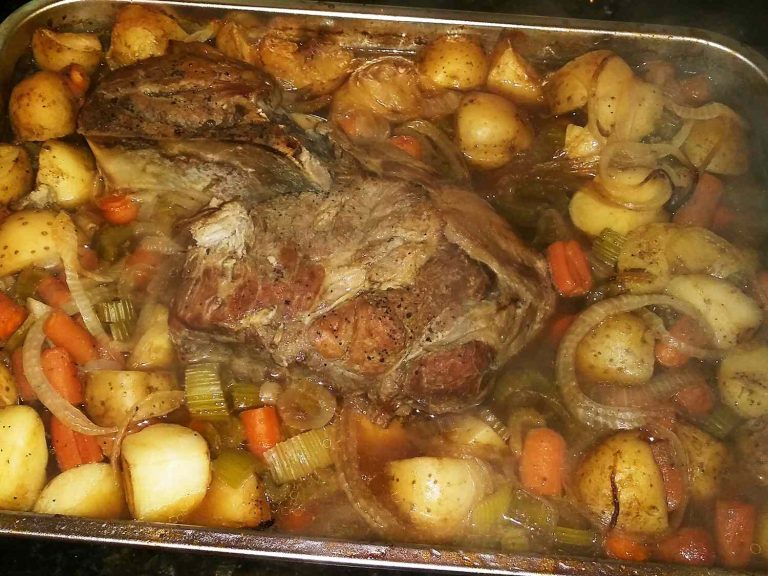Plum Pudding: History, Recipes, and Festive Serving Ideas
Plum pudding dates back to the 14th century, originating as a savory dish known as frumenty, which was made with beef and mutton, along with raisins, currants, prunes, wines, and spices. Over time, this dish evolved into a sweet pudding, especially by the 16th century when dried fruits became more accessible and affordable. By the 19th century, plum pudding had become a staple in British holiday meals, thanks to the influence of Victorian traditions and Charles Dickens’ mention in “A Christmas Carol.”
Cultural Significance in Different Countries
Plum pudding, known as Christmas pudding in the UK, holds immense cultural value. In Australia, it’s often served with custard during Christmas in the hot summer weather. In Canada, the dessert retains its traditional form but is sometimes accompanied by a rich sauce. In the United States, plum pudding is less common but still enjoyed by those who cherish British heritage, particularly during festive times. Various countries add their unique twists to the preparation, reflecting their local customs and ingredients.
Key Ingredients in Plum Pudding
Traditional Components
Traditional plum pudding contains a blend of dried fruits, spices, and suet. You need raisins, currants, and sultanas, which contribute to its rich, fruity flavor. For spices, include cinnamon, nutmeg, and cloves to add warmth and complexity. Suet, the hard fat from beef or mutton, helps bind the pudding, giving it a moist texture.
Alcohol is another key ingredient, with dark rum or brandy both preserving and flavoring the pudding. Breadcrumbs and flour provide structure, while black treacle enriches the color and adds depth. Eggs act as a binder, and milk softens the mixture for steaming. Candied peel and chopped nuts (such as almonds or walnuts) add an extra layer of texture.
Modern Variations
Modern variations of plum pudding often modify traditional ingredients to suit contemporary tastes and dietary restrictions. Substitute butter or vegetable shortening for suet if you prefer a vegetarian-friendly option. Use gluten-free flour and breadcrumbs for those with gluten intolerance.
Many recipes now incorporate different dried fruits, like cranberries and apricots, or even replace alcohol with fruit juice for a non-alcoholic version. For a lighter flavor, some recipes recommend omitting treacle in favor of golden syrup or honey. You can also add chocolate chips or grated apple for a unique twist on the classic recipe.
The Making of Plum Pudding
Preparation Techniques
Making plum pudding involves several key steps. Gather high-quality ingredients, including dried fruits, spices, suet, breadcrumbs, and alcohol. Mix the dried fruits (currants, raisins) with spices (cinnamon, nutmeg), breadcrumbs, and suet in a large bowl. Add eggs, sugar, and grated lemon zest to the mixture. Pour in brandy or another strong spirit for flavor and preservation. Stir until well combined, ensuring all ingredients are evenly distributed.
After mixing, transfer the pudding mixture into a well-greased pudding basin or mold. Cover the top with a layer of parchment paper, secure it with a lid, and tie it with kitchen string to prevent water from entering during steaming.
Cooking Time and Tips
Plum pudding typically requires long cooking times. Steam the pudding for 6 to 8 hours. Place the filled and covered basin into a large pot, adding enough water to reach halfway up the sides. Keep the water at a gentle simmer, topping up regularly to ensure consistent steaming. Avoid boiling, as it can affect texture and flavor.
After initial steaming, allow the pudding to cool completely. Store it in a cool, dark place for several weeks, which lets the flavors develop. Before serving, steam the pudding again for 2 to 3 hours to reheat.
Serve warm with brandy butter, custard, or cream. Enhance presentation by flaming the pudding with warmed brandy, creating a dramatic and festive effect. Always ensure safety measures when dealing with open flames.
Use these techniques and tips to master the making of traditional plum pudding, offering a warm, flavorful dessert perfect for holiday celebrations.
Serving and Presentation Ideas
Traditional Accompaniments
Serve plum pudding with classic side dishes to enhance its rich flavors. Popular options include brandy butter, which can add a creamy texture and a hint of alcohol. Another traditional choice is custard, providing a warm and smooth contrast to the dense pudding. Hard sauce, made with confectioners’ sugar and butter, serves as another sweet accompaniment. You can also consider double cream or clotted cream for a richer mouthfeel.
Creative Serving Suggestions
Present plum pudding in innovative ways to impress your guests. Slice it into smaller portions and serve with ice cream, adding a modern twist. For a visually appealing dish, garnish with fresh mint leaves and dust with powdered sugar. Alternatively, transform the traditional pudding into bite-sized truffles; roll in cocoa or nuts for variety. You can also flambe the pudding before serving, using brandy to set it alight, creating a dramatic effect.
There are several ways to present the pudding creatively:
- Ice cream pairing: Complement with vanilla or ginger ice cream.
- Mini puddings: Offer individual servings in ramekins.
- Garnishes: Use edible flowers or citrus zest for decoration.
Utilizing these suggestions guarantees that your plum pudding will stand out during festive gatherings and leave a lasting impression.
Nutritional Information
Health Benefits
Plum pudding contains several ingredients that offer health benefits. Dried fruits like raisins, currants, and prunes are rich in dietary fiber, vitamins, and minerals. These nutrients support digestive health, boost the immune system, and provide energy. Spices such as cinnamon and nutmeg add antioxidants, which help combat inflammation and improve overall health.
Considerations and Allergies
Consider potential allergens when consuming plum pudding. Traditional recipes include ingredients like suet, eggs, and wheat flour, which may cause allergic reactions. Consider alternative recipes if you have dietary restrictions, such as substituting suet with vegetable shortening or eggs with flaxseed meal. Monitor portion sizes due to the dish’s high sugar content to maintain a balanced diet.
Conclusion
Plum pudding isn’t just a dessert; it’s a symbol of tradition and festivity. Its rich history and cultural significance make it a cherished part of holiday celebrations worldwide. Whether you stick to the classic recipe or try modern variations, the essence of plum pudding lies in its ability to bring people together. So, gather your ingredients, follow the time-honored preparation techniques, and enjoy this festive treat with your loved ones. Remember to consider dietary needs and portion sizes to ensure everyone can savor this delightful dish.






